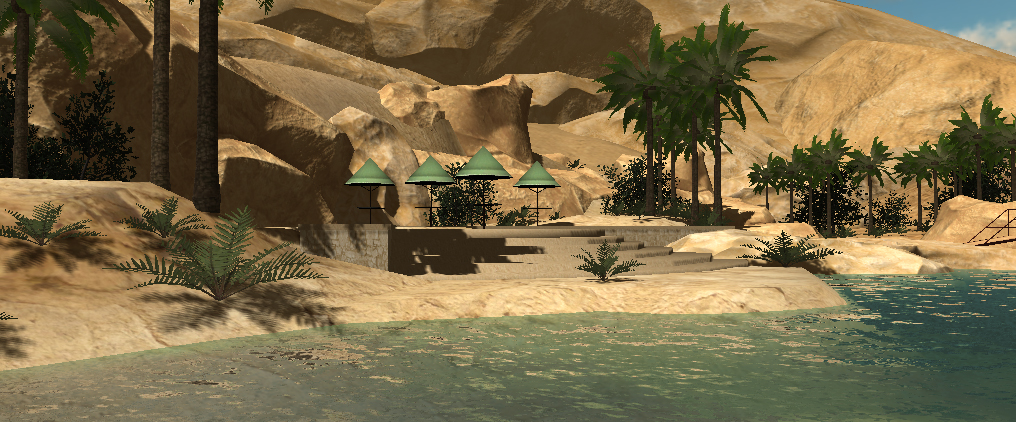Tourist Destination
Making a Location a Tourist Destination
There is a rich assortment of cultural, historical, natural, and commercial tourist destinations around the globe that are relatively unknown. For those tourists who discover these places, the experience can be as rewarding and relaxing as going to comparable popular locations anywhere around the world.
Tourism has become a lucrative trillion dollar international industry. In many countries tourism now represents a significant share of gross domestic product (GDP) and makes up 6-8% of the world’s employment. The trickle-down effect of tourism-related businesses, employment opportunities and markets is broad. With the global increase in the frequency of vacations, competition between regions and nations to capture a market share is on the rise, with many competitors are beginning to heavily leverage information and communication technology (ICT) strategies to their advantage.
Most of these ICT efforts related to tourism consist of standard websites and web-based services that provide text information and images. However, to be a market leader it is vital to create a tourist destination image that has a competitive edge. Research has shown that to do this with ICTs, the solutions must be capable of catching the potential visitor’s thoughts, feelings, motivations and impulses. This requires an online experience that is engaging, interactive, empowering and memorable.
Using advanced web-based technologies and strategies can give a tourist destination the competitive edge in being a top choice. Properly planned, these solutions can be used for:
– Bringing attention to a diversity of tourist services such as cultural heritage, contemporary culture, protected natural sites, health and well-being tourism, education, food, history, sports, religion, rural tourism, and maritime tourism.
– Attracting more consumers, thus supporting the hotels, restaurants, retailers, product producers, and other goods and services providers
– Hosting virtual publicity events, exhibits, tradeshows, and conventions
– Creating a compelling destination image
– Presenting information in multiple languages
– Improving communication
– Enhancing employment and entrepreneurial opportunities
Reflection Point: Travelers never think that they are foreigners. ~Mason Cooley

